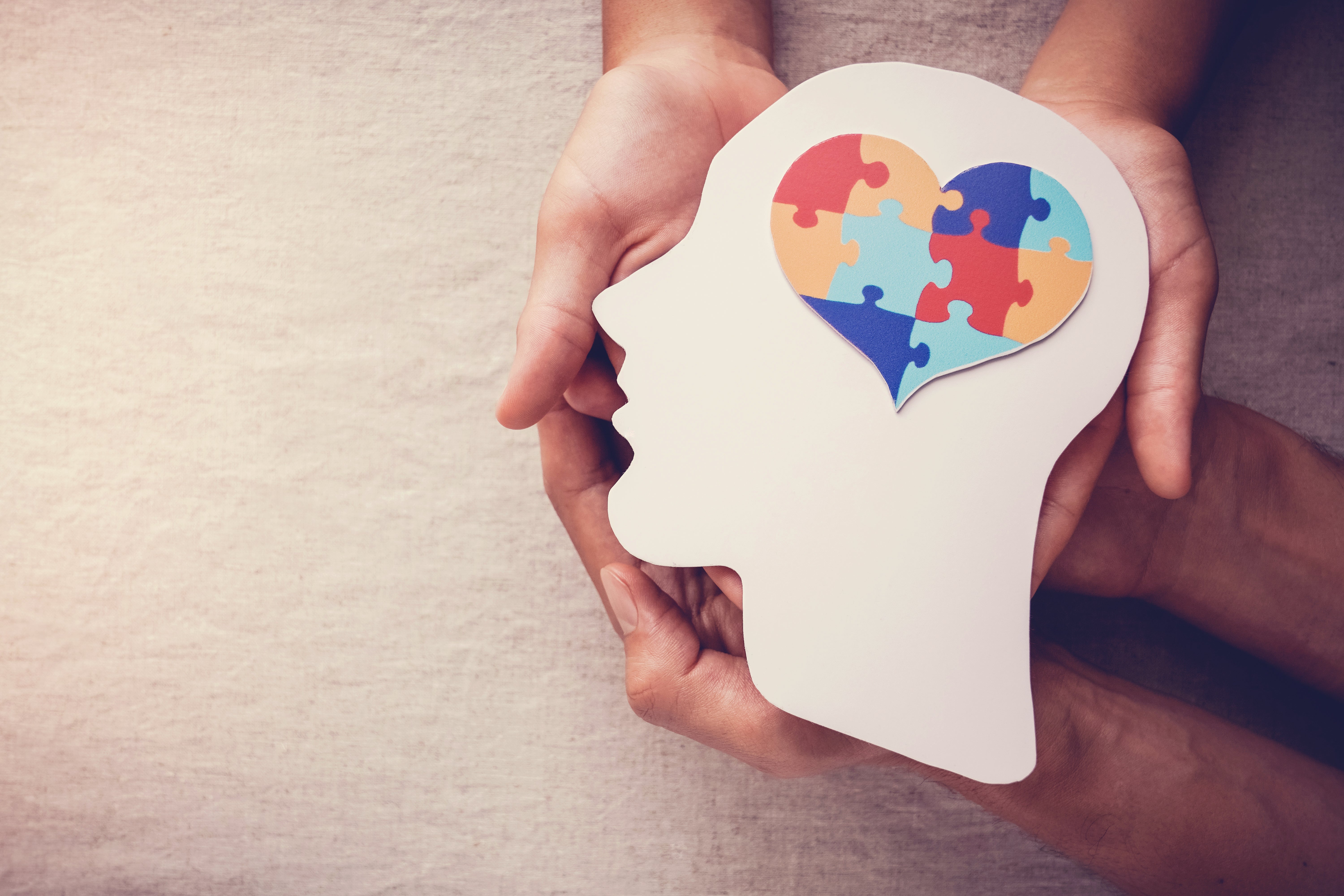METROAnd travel with autism began long before my diagnosis at the age of three and three months.
My family noticed autistic characteristics from around 15 months of age. I never looked at people and I didn't answer when I called. I aligned toys instead of playing with them. When I wanted something, I took people's hands to get it. He had frequent crises in busy environments or when the routines changed unexpectedly, but I couldn't let people know why he was upset.
Later they diagnosed me autism. My family afflicted when he heard that he could never lead an independent or complete life.
But my mother did not waste time in organizing support. Soon, my days were full of home intensive behavior programs, speech therapy and other supports. But unfortunately, I never learned to speak.
But I learned to communicate in another way
A turning point arrived when I was nine years old. I began to learn to communicate with an increaseive and alternative type of communication known as compatible typification. I write on a machine with a keyboard, called Lightwriter, who speaks what I write. Another person touches my shoulder while writing. This touch helps me to be aware of my body and helps me concentrate on communicating my message.
I used the typing at school and now at the University, where I am a doctorate candidate. I am investigating neurodiversity in autistic people with minimum, unreliable or null discourse, or those with complex communication and high support needs.
With compatible typing, I can live life more fully, give a Tedx talk, one of the first for a non -talk and write my autobiography. I used compatible writing to write this article.
How common is it for an autistic person who doesn't talk?
Autism affects the way people communicate, interact and perceive the world. Autistic people show differences in social communication, as well as narrow interests, such as Lego or trains.
In 2022, there were 290,900 Autistic Australians. Around a third are not what they do not do.
This autistic community is not socially vulnerable and often experiences non -acceptance and exclusion. As a member of this community, I am driven to burst some myths.
Myth 1: We do not use language
The autistic non -peak cannot use speech to communicate. But many of us are verbal, that is, we understand and use language.
I am a visual thinker and I feel my world in images and images. Initially, the speech was just meaningless sounds. Around six years, I realized that words were used to represent things and communicate. By linking people's speech with their behavior, I began to understand the symbolic nature of language, which helped me communicate.
Due to sensory and movement differences, autistic people with complex communication needs require support to communicate, carry out routine activities and participate socially.
For example, the physical touch by us, arm or shoulder provides feedback on our position, balance and movement to help us point out images, spells or type. Support workers also help us focus and keep calm so we can communicate.
Myth 2: We don't understand your mind
Autistic people, especially those with complex communication needs, need extra time to decode, give meaning and abstract meaning of experiences.
But with effort and time, many non -autistic peaks can empathize and understand other people's minds.
This may imply the use of social stories to understand mental and emotional states. These teach us about social situations and how to participate. They can be used to describe what to expect in advance. They can give us time to rehearse, and we can take advantage of them during real life.

For example, knowing someone for the first time, we can feel overwhelmed. We use a social history to know what to expect, sit at a comfortable distance to present, ask and answer the questions. History helps us process new information and suggests how to tell people when we are overloaded and need space to cool.
Giving us time, space and permission to process social situations helps us navigate social life.
Myth 3: we spray, buzz and sometimes we shout or fled for no reason
Autistic people, especially those with complex communication needs, may feel insecure in occupied environments. For example, bright lights or noise of people who speak and moving cause a sensory overload and anguish. This leads to an increase in stress levels and a reduced capacity to respond properly.
Autistic breaches can use various strategies to manage overload and reduce this sensory anguish. This can include bedtime, look flickering or rotating objects, humming to block overwhelming sensations, as well as balance, turn or knit our bodies to restore a sensation of balance. These behaviors allow us self -regular.
However, when these strategies are insufficient, non -peak autistic can behave unconventionally, such as shouting, fleeing or having crisis.
Such behaviors do not arise because we do not understand how to act properly. They occur when we feel very insecure and anxious in demanding situations.
When there is a quiet space available, we can cool and recover feelings of security and control, without resorting to worrying behaviors.
Next time
So, the next time he knows an autistic person who does not speak, please, meet halfway. Give us the time and space to process and think about how to answer.
Timothy Hoyuan Chan is a candidate for a doctorate in Sociology at the Faculty of Education and Arts of the Australian Catholic University.
This article is published again from the conversation under a Creative Commons license. Read the Original article.












